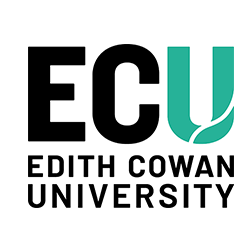A robust anonymous authentication scheme for securing IoT-enabled healthcare services
Author Identifier (ORCID)
Muhammad Waqas: https://orcid.org/0000-0003-0814-7544
Abstract
Smart wearables and body implanted IoT devices continuously track and transmit health metrics wirelessly to a central controller, such as a personal server, enabling real-time monitoring, proactive treatment and timely assistance. However, the security of IoT-enabled healthcare systems remains a concern, particularly regarding the protection of sensitive patient data. To address the aforementioned issue and enhance security in IoT-enabled healthcare services, we propose a robust anonymous authentication scheme in this work. By leveraging lightweight cryptographic primitives including hash functions and XOR operations coupled with physical unclonable functions (PUFs) and fuzzy extractors, the proposed scheme introduces a novel authentication and key agreement mechanism for secure communication in IoT-enabled healthcare systems. The integration of PUF technology ensure the physical security of resource constrained implantable medical devices (IMDs) against various attacks including device physical capture and impersonation attacks that compromise the IoT-enabled healthcare operations. A thorough security analysis demonstrated the robustness and resilience of the proposed scheme against various active and pas-sive security attacks, thus ensure the integrity and confidentiality of sensitive healthcare data. Finally, comparative analysis of the proposed scheme with other state-of-the-art highlighted that our scheme outperformed other approaches in terms of providing security and additional features, positioning it as a comprehensive solution for authentication in IoT-enabled healthcare services.
Document Type
Conference Proceeding
Date of Publication
1-1-2024
Publication Title
Proceedings of the 8th Cyber Security in Networking Conference: AI for Cybersecurity, CSNet 2024
Publisher
IEEE
School
School of Engineering
Copyright
subscription content
First Page
1
Last Page
6


Comments
Ullah, S., Tu, S., Badshah, A., & Waqas, M. (2024). A robust anonymous authentication scheme for securing IoT-enabled healthcare services. In Proceedings of the 2024 8th Cyber Security in Networking Conference (CSNet) (pp. 1-6). Paris, France. https://doi.org/10.1109/CSNet64211.2024.10851748